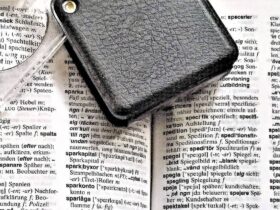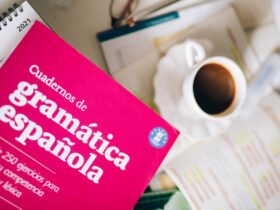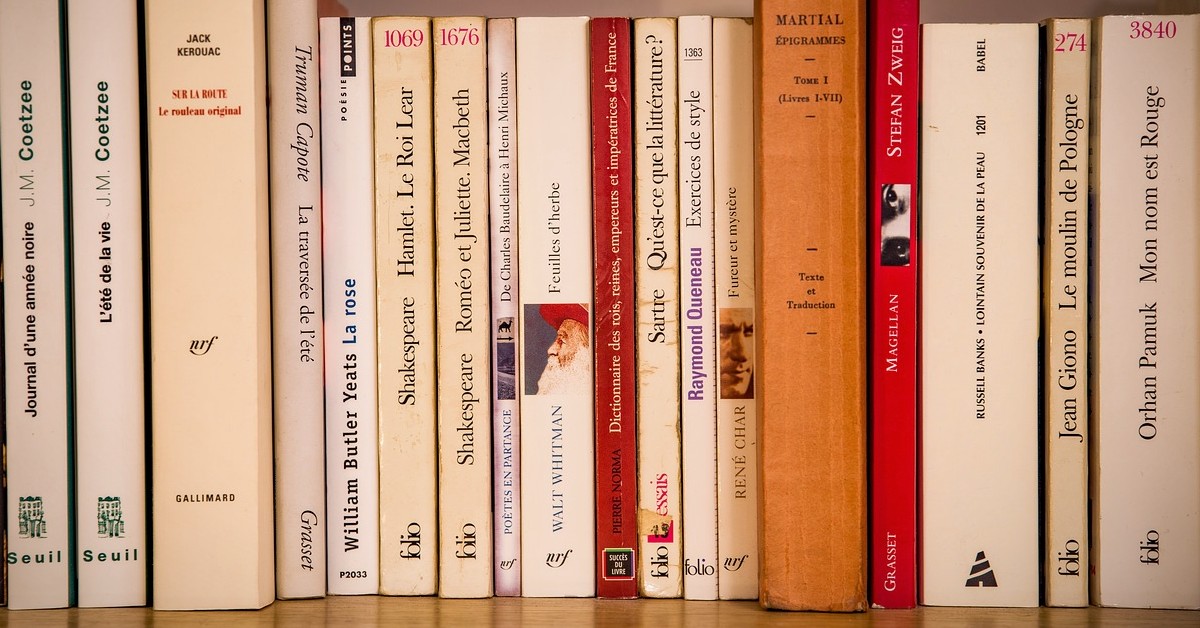French, or français, is ranked the third most useful business language after English and Mandarin Chinese. It belongs to the same language family as English and Spanish (Indo-European), and is considered the most internationally significant Romance language.
French is the official language of 29 countries, most of which are members of the Organisation internationale de la Francophonie (OIF). With 76.8 million worldwide, France has the greatest number of people who speak French as their first language. It is also spoken in other countries such as Canada, Belgium, Switzerland, Monaco, Italy, Corsica, and the United States. Another 77 to 110 million speak French as a second language, mainly in Africa.
Writing System and Pronunciation
French uses the Latin alphabet—the same one as English—although the pronunciation of some letters is different.
One thing to note is that French is not a phonetic language, which is why learning the French alphabet, accents, and their respective pronunciations are crucial. To give you a better demonstration of French pronunciation, watch this short video here:
A unique characteristic of the French alphabet is that accents are prominently used, either to delineate similar words or to denote the pronunciation:
- Acute accent (l’accent aigu): é
The vowel is pronounced /e/ instead of the usual /ə/ in the English alphabet.
- Grave accent (l’accent grave): à, è, and ù
To cite an example, in è, the vowel is pronounced /ɛ/ instead of the usual /ə/.
- Circumvex (l’accent circonflexe): â, ê, î, ô, and û
To cite examples, in ê, the vowel is pronounced /ɛ/, and in ô, it is pronounced as /o/.
- Diaresis (le tréma, sometimes called les deux points): ë, ï, and ü; ä, ö, and ÿ are also found in a few French loanwords.
The vowel is pronounced separately from the preceding one.
- Cedilla (la cédille): ç
It is pronounced /s/ in front of the back vowels a, o and u (otherwise, /k/ before a back vowel).
There are also two joint letters in the French alphabet—æ and œ—though they are commonly written these days as separate letters. Æ is pronounced the same way as é, while Œ is pronounced as /ɛ/ or /e/.
Grammar
French follows the standard subject-verb-object pattern. Just like the Spanish and German languages, French nouns are gendered: either masculine or feminine. Feminine nouns usually end in -e, as well as -tion, -sion, -ité, and -aison. Most other nouns tend to be considered masculine, particularly those ending in -aire and -isme.
The respective articles can also help you determine the gender and number of the noun:
- le (the) /un (a/an): masculine singular
- la/une: feminine singular
- les/des: masculine plural and feminine plural
The gender of French nouns, however, are not always predictable and their vocabulary includes several homophones (that is, words with different spellings which are pronounced similarly). This is why learning French spelling is essential.
French also has corresponding subject pronouns:
- je: first person, singular (I)
- tu: second person, singular (you); informal
- vous: second person, singular (you); formal
- il/elle/on: third person, singular (he/she/it)
- nous: first person, plural (we)
- vous: second person, plural (you all)
- ils/elles: third person, plural (they)
Another unique feature of the French language is the pluralization of words. For most nouns, you add -s to make it plural. For French words ending in -s, -x, and -z, there is no change in the ending but you change their accompanying article. For those ending in -au, you add an -x to make it plural; the plural of -ou words take either -s or -x endings; while those with -al drop the ending and replace it with -aux to make it plural.
In French, there are two important verbs that are applicable to many different areas of French grammar: Avoir (to have) and être (to be). There are also 2 verb groups in French:
- Regular: has a fixed pattern when conjugating.
- –er: majority of -er verbs have a regular conjugation, except aller (to go).
- -ir: present participle is formed with the ending -issant.
- Irregular verbs: does not have a fixed pattern; can be categorized by their endings:
- Some irregular verbs end with -oir, -re, or -ir. The present participle is formed with the ending -ant instead of -issant.
Dialects and Varieties
As a global language, French has a number of varieties around the world. Parisian or Metropolitan French is spoken in France, and is considered as the standard.
One thing to note is that French has as many as 28 different dialects or accents, each having their own distinct differences. Some of these include:
- Northern France – the dialects spoken in the north of France vary greatly from those in the south. Some examples include Champenois and Picard.
- Marseille – the dialect Marseillais is spoken in the south of France.
- Occitan or Meriodonal French – spoken in many regions of southern France, and is further broken down into many other dialects. Examples include Provençal, Limousin, Gascon, and Languedocian.
Outside of France there are also many different varieties of French:
- Asia – Varieties of French are spoken in many parts of Asia, most notably in Cambodia, Laos, India, and Vietnam.
- Canada – French is an official language in Canada, alongside English. The most prominent variety of Canadian French is Quebec French. Other varieties include Acadian French, Newfoundland French, Métis French, and Brayon French.
- Caribbean – In Haiti there is a variant of the language called Haitian French, which sounds close to standard French.
- Europe – In Europe, French is the third most spoken language, preceded by English and German. There are many French varieties across Europe, such as in Aosta Valley (Italy), Belgium, Jersey, and Switzerland.
- United States – French is considered as a minority language in the US. Some varieties include Louisiana French, Missouri French, New England French, Métis French, and Muskrat French.
French is a highly useful language, especially when you’re in business. It takes time and practice to master it, but with regular exposure to other language learners, learning French will be much easier.


























Leave a Reply